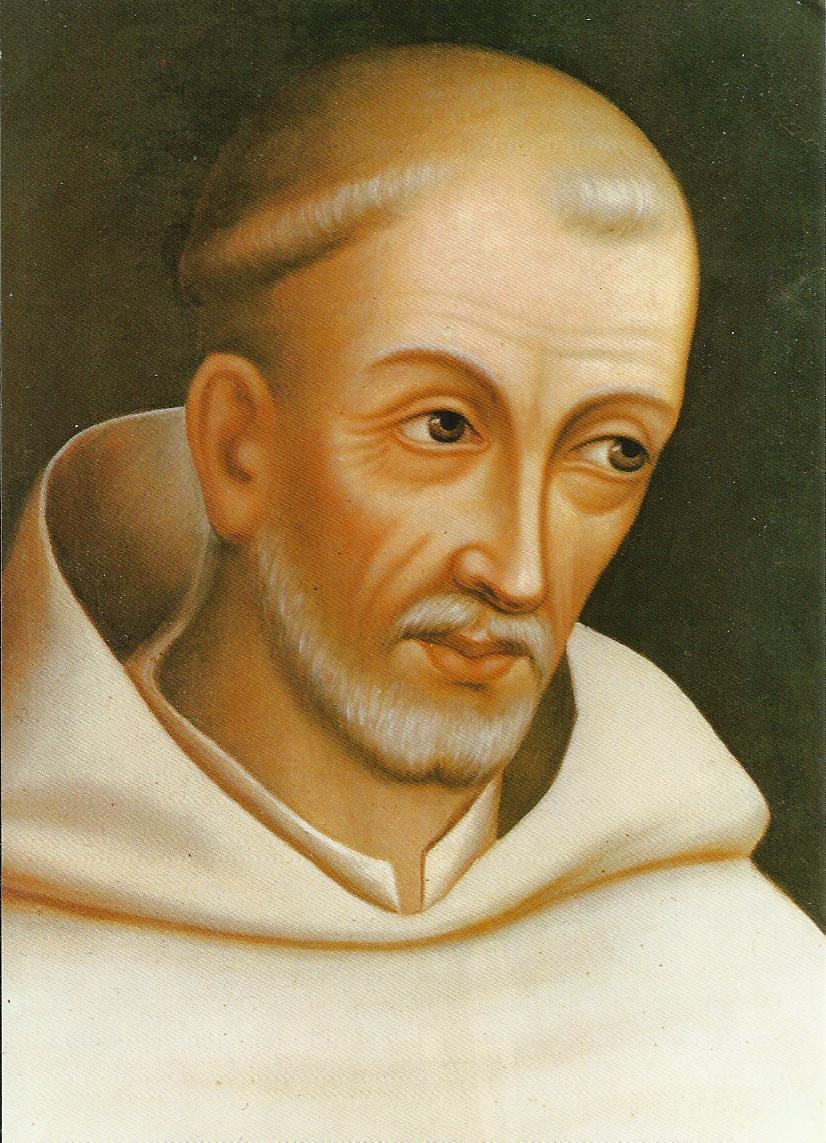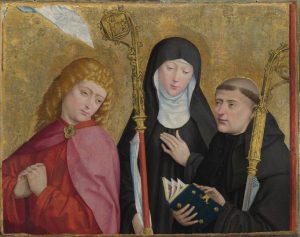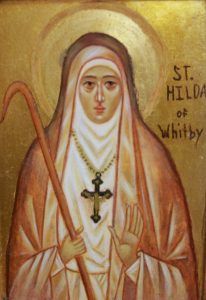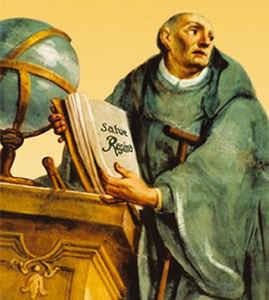 The Church invites us today, through the figure of St. Benedict, to choose the path of an uncompromising holiness: to forsake our own treasures, so as to receive in return the hundredfold promised by Jesus, and as our inheritance, eternal life.
The Church invites us today, through the figure of St. Benedict, to choose the path of an uncompromising holiness: to forsake our own treasures, so as to receive in return the hundredfold promised by Jesus, and as our inheritance, eternal life.
If the Church applies to St. Benedict the reading from the Book of Ecclesiasticus we have just heard, it is because it bears witness to the fruitfulness of the offering of one’s life. Already before his life of retreat, Benedict did not leave indifferent those who came in contact with him, as testified for instance by the miracle of the sieve broken and made whole. This shining forth led Benedict towards retreat, so as to consecrate himself to God alone.
But even under the bushel, the lamp kept shining. Benedict became the Father of Western monasticism, and also the Father of Europe. After Benedict’s death, Europe was to become covered by thousands of monasteries and priories. During unsettled times, they appeared to many as places of shelter, places where one could live reconciled with one’s brothers, reconciled with God, and reconciled with nature. In these schools of the Lord’s service, monks would dwell so as to serve God alone.
Were the times in which Benedict was living more unsettled than the times we are living in today? One could not claim that. Yet, it is certain that in today’s monasteries Benedict’s disciples still have to give the testimony of their faithfulness to the answer they gave to the Lord on the day of their solemn consecration, that answer which is the one the rich young man should have given, “Uphold me, O Lord, according to Thy word, and I shall live.” In return, the Lord promises not that which is merely just, but a hundredfold, and as our inheritance, eternal life.
This hundredfold promised to the monk is from now on already a life of fraternity inside the community; it is a peace conducive to seeking God. This hundredfold is also the grace to be able to gather to sing the praises of God in choir, or also to gather in the daily manual work.
Benedict’s sole concern was to seek God, and as he did that, he became one of the main evangelizers of Europe. Today, Europe has grown old, its faith has grown cold. In the eyes of our contemporaries, the world no longer appears as the splendid work of a loving Maker, but as the fruit of a cold and soulless chance. Although telescopes may bring our eyes ever farther towards the ends of the universe, our hearts no longer know how to consider our closest friend as a being who is loved by God, or creation as a gift to be respected. The eyes of our hearts have grown dimmer, and have eventually become obscure.
Amidst silence and darkness, the monastery bell should still resound, a messenger of divine Love in a world no longer able to love, a messenger of the monks, who pray for those who no longer pray.
Dom Jean Pateau
Abbot of Our Lady of Fontgombault
 Our venerable mother, Scholastica, the twin sister of the holy Benedict.
Our venerable mother, Scholastica, the twin sister of the holy Benedict.







